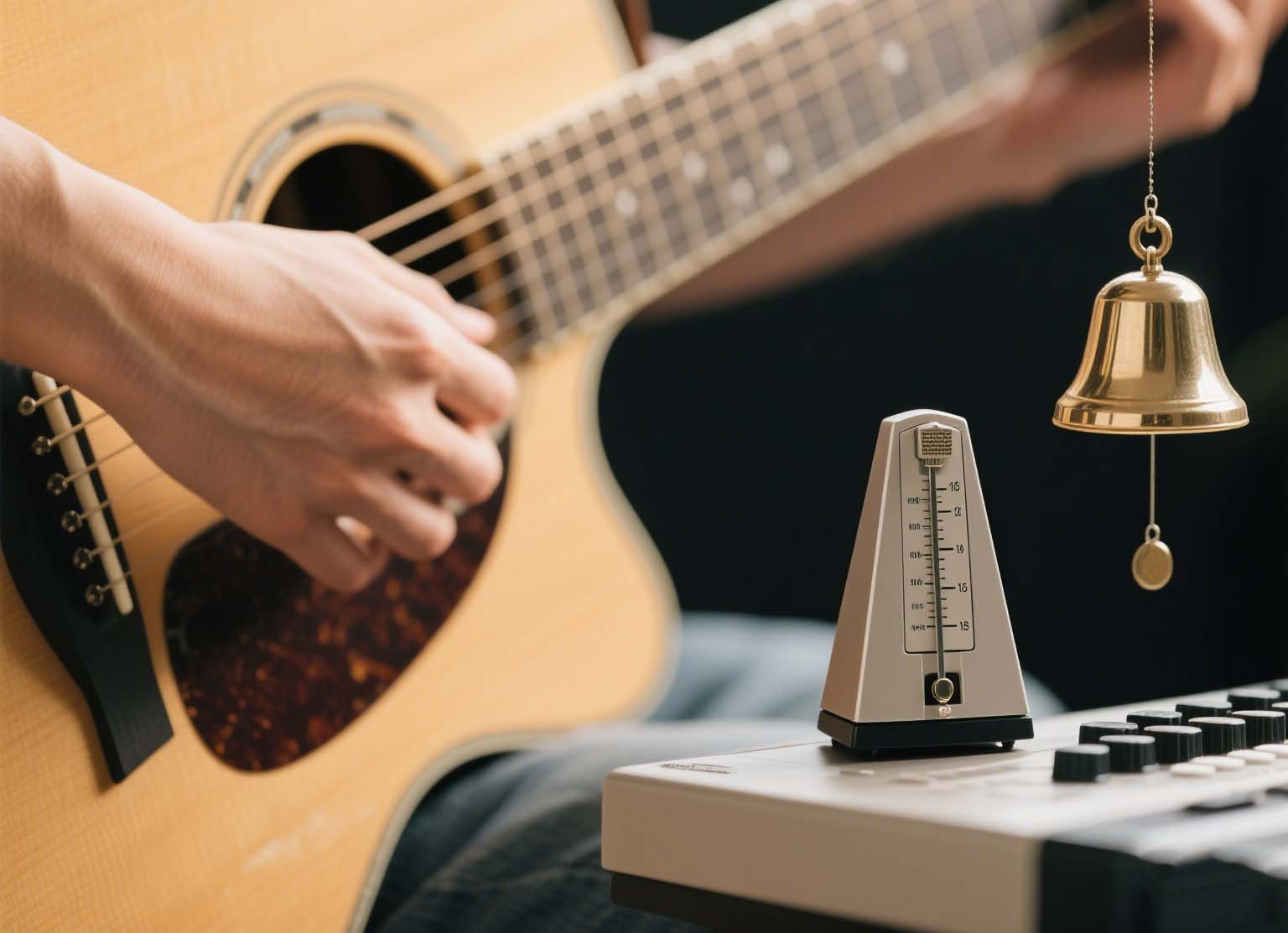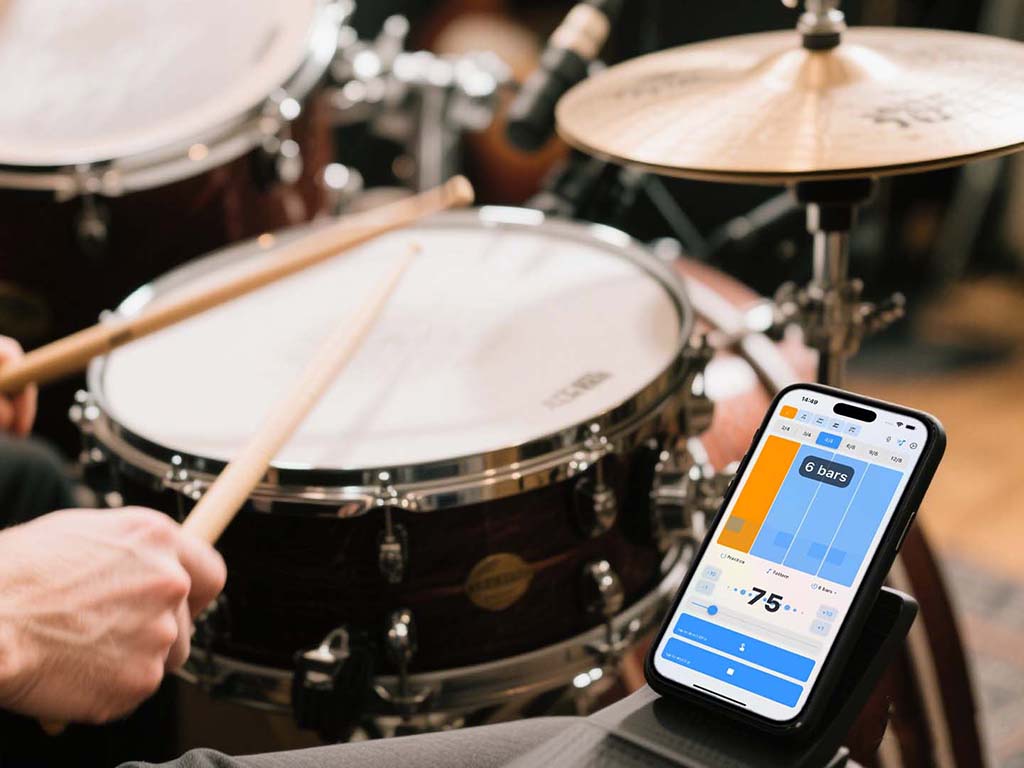I. Musical Style Considerations
1. Emotional Expression in Lyrical Pieces
Avoid strict metronome use when performing emotionally fluid works like Chopin nocturnes or Debussy's impressionist compositions. These pieces require rubato (tempo flexibility) and agogic accents (duration-based emphasis) to preserve poetic phrasing. For example, rigidly aligning Rachmaninoff's Études-Tableaux with a metronome would destroy its gradual ritardando's dramatic tension.
2. Asymmetric Rhythms and Improvisation
Genres like jazz (swing rhythms with triplet micro-offsets), flamenco, African drumming, or Chinese opera's "sanban" (unmetered passages, e.g., Peking opera's introductory daoban) demand intrinsic rhythmic dialogue. Rely on "mental pulse" training (e.g., Chinese luogu jing percussion notation) instead of mechanical beats.
II. Learning Stage Adaptations
1. Protecting Cognitive Development in Beginners
Children aged 4–6 should first build rhythm intuition through body movements (stomping/clapping) per Montessori methods. Introduce metronomes only after mastering basic note values (whole notes to eighth notes) to prevent auditory dependency and attention fragmentation.
2. Advanced Skill Internalization
For students at Czerny 740+ levels, practice "anchor-free performance": Use the metronome to calibrate technical sections (e.g., Liszt's Transcendental Études), then disable it to simulate concert-hall tempo adjustments and cultivate micro-temporal control.
III. Technical Training Strategies
1. Ornamentation Dynamics
Baroque trills or Mozart's appoggiaturas risk rigidity if practiced solely with a metronome. Apply a "partial-to-whole" approach: stabilize core notes with the metronome, add ornaments freely, then integrate into fluid phrases.
2. Polyphonic Balance
In Bach's Well-Tempered Clavier, prioritize voice independence over rigid timing. Use the metronome for separate-hand practice but rely on inner counterpoint awareness during hands-together play, especially for fugal entries.
IV. Physiological and Psychological Factors
1. Overcoming Metronome Dependency
For students exhibiting "metronome addiction" (rhythmic collapse without the device), implement 3:1 desensitization: 3 days of metronome-free practice + 1 day of calibration to rebuild autonomous tempo regulation.
2. Special Needs Adaptation
Replace auditory metronomes with visual (e.g., Quaver Smart Metronome's dynamic spectrogram) or tactile tools (vibrating wristbands) for ADHD learners or elderly students to reduce anxiety.
V. Artistic vs. Functional Objectives
1. Recreational Learning Freedom
Adult hobbyists focusing on pop piano improvisation may abandon metronomes in favor of chord-loop frameworks or drum-machine grooves (e.g., 70–90 BPM R&B templates) to retain playfulness.
2. Exam Preparation Tactics
For concerto cadenzas (e.g., Tchaikovsky's Piano Concerto No. 1), practice with floating tempo ranges (±10 BPM) and mark 3–5 speed anchor points to balance structure and spontaneity.
Note: Always verify baseline tempos using apps like Pro Metronome and periodically calibrate devices with a tuner to ensure training accuracy.





